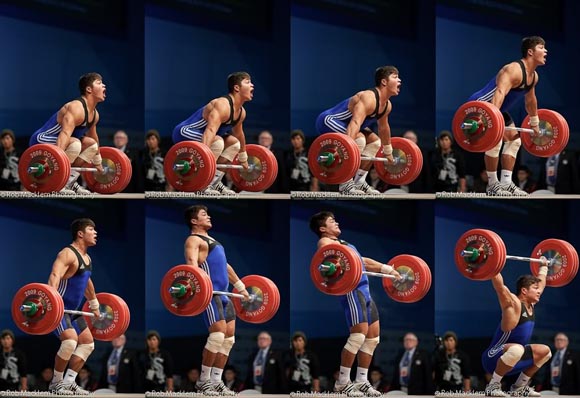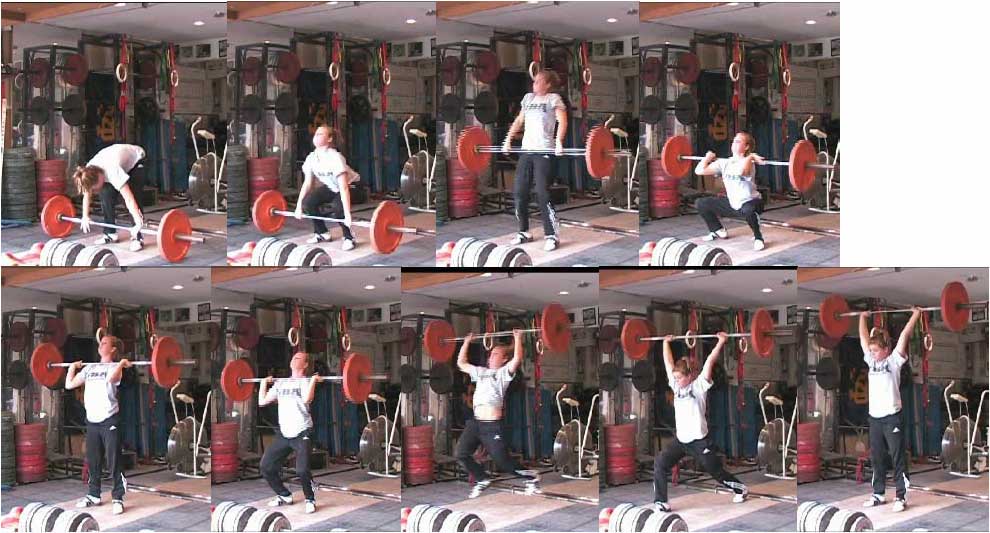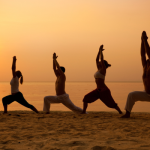By Mike Westerdal
Many different types of athletes—weightlifters, powerlifters and combat sport enthusiasts alike—benefit from explosiveness, flexibility and strength. When it comes to developing these qualities, nothing is better than complex movements that recruit multiple muscle groups. Among compound movements, three are considered to be kings: the squat; the deadlift and the bench press. While there is no arguing that these are great movements, it’s always good to incorporate something new into your training routine.
With the Summer Olympics right around the corner, this is a good time to take a look at the Olympic Lifts and how they can help you develop explosiveness, flexibility and strength like never before.
First, Olympic Lifting is defined as an athletic event in which participants attempt a maximum-weight single lift of a barbell loaded with weight plates.
Second, there are two basic Olympic Lifts: the Snatch and the Clean and Jerk. Olympic Lifts differ from other compound lifts that are primarily focused on demonstrations of brute strength in that they also test human ballistic limits (explosive strength) and are executed faster and with more mobility and a greater range of motion.
Why would anyone who isn’t a competitive lifter want to perform Olympic Lifts? The answer to that question is simple—Olympic Lifts can develop explosive power, flexibility and strength better and faster than nearly any other compound movement. While these qualities are beneficial for nearly any type of athlete, they’re essential for guys who enjoy combat sports such as mixed martial arts fighting.
And while it’s true that Olympic Lifts are a phenomenal movement, I think some common misconceptions about them prevent a lot of guys from trying them out and finding out for themselves just how great they are. A false perception that Olympic Lifts are inherently dangerous is probably the most common obstacle to their more widespread practice. However, statistics and studies show that this just isn’t true—Olympic Lifters do not suffer from more injuries than any other type of lifter.
The primary reason you don’t see more guys doing the Olympic Lift is that they require lots of effort and demand perfect form. And to be quite honest, most guys just don’t have the kind of dedication and discipline it takes to perfect the movements. That’s a shame though because they’re not all that difficult to master and there are some excellent resources for learning how to perform them properly.
Of the two movements, the Snatch is the one that should be mastered first. The basic idea is to lift a plate-loaded barbell from the floor, to mid-chest height and then high overhead with the arms straight above the shoulders.

While it’s performed as a single, continuous movement, for training purposes it is broken down into multiple phases: approach; beginning; acceleration; dip-under; catch; and squat.
The Clean and Jerk movement essentially builds on the snatch movement but takes it a few steps further. The grip on the Clean and Jerk is closer together than the Snatch. According to Olympic Lift expert Eric Wong, the Clean and Jerk is best performed in the following manner: six phases for the Clean (setup; first pull; dip; quadruple extension; pull under and stand); and four phases for the Jerk (setup; dip; drive and split).

If you really want to learn to master these movements I highly recommend Eric’s program, Olympic Lifting Mastery: The fastest method to becoming explosive, flexible and strong. It’s a great resource.
Some of the key benefits of Olympic Lifts include: greater speed; improved stability; integrated mobility; force development; enhanced force absorption and full body strength development. And while most of these qualities are going to be of interest to guys involved in combat sports, if you’re looking to improve your mass-building capacity, you ought to consider incorporating the Olympic Lift into your routine on a regular basis.
I say this because remember, Olympic Lifts are compound movements that recruit multiple muscle groups when they performed. And because they require so much effort and call for explosiveness and power, performing Olympic Lifts causes the endocrine system to flood the body with powerful muscle-building hormones. This means that the next time you lift specifically to build mass, your muscle fibers are primed and ready to bulk up.








The Olympic lifts are fun. One of the downsides is that not many comercial gyms have a place to do it. If your gym is one of those I think it well worth it to fina a gym that you can do them.
you you find that you will get faster and if not maxing out the speed get you fired up for your workout. I have all my clients do some sort of Olympic lifting.
I’ve always wanted to master the Olympic lifts. This article has given me the drive to go try them! Thank you .
I’m 71 years old and have messed with weights most of my life. For flexability and back strength, nothing beats the olympic lifts. I still do power cleans once a week. They are a great way to start your work out. I think every weight trainer should do them.